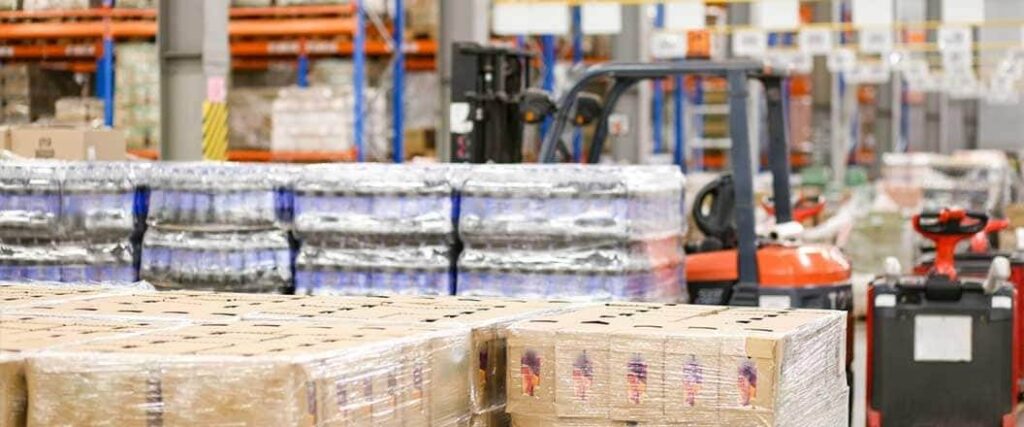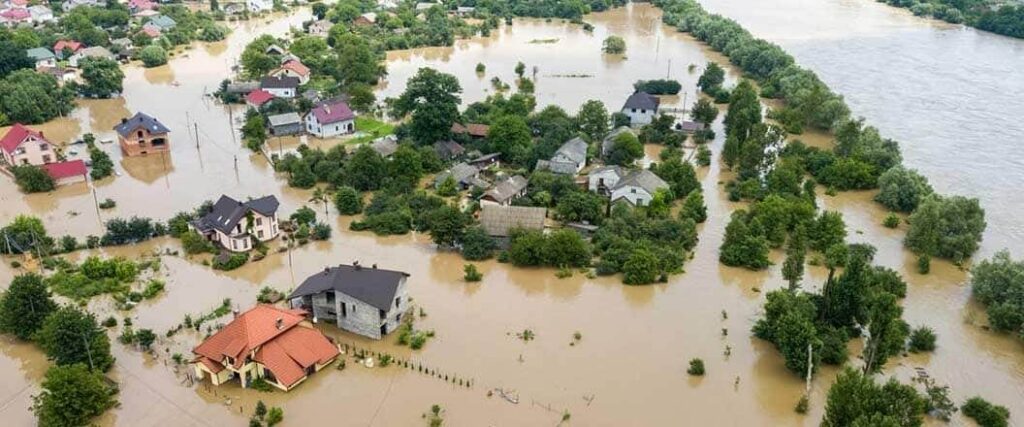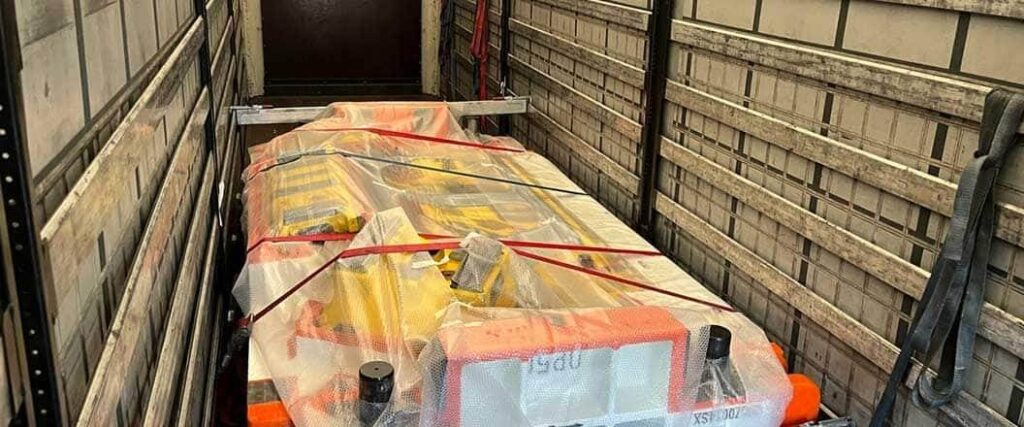



Supply chain continuity is a critical lifeline for businesses. This is especially true during and after the chaos of unexpected disasters. These situations challenge the strength of supply chains, highlighting the importance of preparation. The better your business can run during a crisis, the less your profits will drop.
The International Transport Forum notes the critical need for supply chain continuity during natural disasters and other disruptive events. They state that a resilient supply chain can:
To maintain continuity during a disaster, businesses must prepare ahead of time.
Join us as we review supply chain continuity. We’ll show you how to keep it going in the face of extreme weather and other emergencies.

Supply chain continuity is basically a proactive business strategy that’s focused on keeping goods and services flowing, even when supply chain disruptions take place. A well-made supply chain continuity plan should account for potential natural disasters. This will reduce loss of profit during challenging situations.
Supply chain interruptions showcase the importance of a continuity plan. The benefits of having this plan in place include:
A well-planned continuity strategy has to be ready for anything. To make sure of this, it’s important to understand the disruptions a natural disaster can cause.

When natural disasters hit, they can cause massive disruption to businesses. Everything from infrastructure and operations to supply chains can suffer. The aftermath requires companies to work quickly while assessing damages.
Let’s take a look at how different types of natural disasters can impact your supply chain.
Depending on where you or your vendors are located, your business may be subject to a variety of natural disasters. Each of these catastrophes is unique in the type of damage they can do.
Some common catastrophes that increase supply chain risks are:
They require an immediate crisis response to address damages, which is a strain on resources.
Understanding these immediate impacts can help you create a proactive strategy for your business. Remember, your business doesn’t need to be hit directly to feel the consequences. A hurricane in Florida or a wildfire in California can affect far-flung businesses that may need resources or services those areas provide.
It’s important to note that the damage doesn’t stop when the disaster passes. Let’s review some of the long-term effects of natural catastrophes.
Find out how hurricane cargo insurance can help your business.
Natural disasters can have lasting effects. They often cause long-term damage and delays to the supply chain. The setbacks caused by these delays can be costly for business owners.
Long-term challenges businesses face include:
Keeping your supply chain running smoothly is key to preventing these challenges. When the chain breaks down, your business can suffer. That’s why it’s important to be prepared when these events occur.

There are two key aspects to keeping your supply chain going during a disaster: preparation and execution. Severe weather can occur with little to no warning. Reacting alone won’t be enough to reduce damages and costs.
Preparation is the key to minimizing supply chain disruption. Business should develop long and short-term strategies to prepare for the worst.
For example: is your businesses in a hurricane-prone area? Do your shipping lanes frequently traverse the infamous Tornado Alley? If so, use storefronts and warehouses that can withstand floods and high winds.
The following long-term strategies will serve your business well.
To supplement those long-term strategies, be ready to use these short-term measures too.
Proactive preparations are the foundation of a resilient supply chain. Know the risks, stay prepared, and be ready to react when disasters occur.
Don’t let your inventory take damage from storms. Follow the steps in our guide to inventory protection.

Preparation and preventive measures are crucial, but nature isn’t 100 percent predictable. Severe weather can strike with little to no warning. When faced with such imminent threats, businesses must act swiftly and decisively. Putting an action plan into place can be the difference between a brief disruption and a prolonged halt in operations.
When severe weather looms, respond accordingly.
Long-term preparation and short-term responsiveness will set you up for success in the face of natural disasters. Another way to be prepared is to put together a supply chain continuity plan.
The destruction a natural disaster leaves in its wake can disrupt day-to-day business for days and even weeks. To keep your losses at a minimum, you’ll need a plan that accounts for disruptions to your usual shipping methods.
You might think crafting such a plan is overkill or a waste of resources. If so, consider the following statistics derived from a poll of businesses in 2022.
| Source of Business Disruption | Percentage of Concerned Business Owners |
| Energy Shortages | 41.3 percent |
| Natural Disasters | 44.4 percent |
| Severe Weather | 46 percent |
Source: BCI Supply Chain Resilience Report
Nearly half of business owners in the survey believe natural disasters and severe weather are risks to their operations.
Others may have concerns with the infrastructure in their area. Places where power outages are frequent, whether because of an unreliable power grid or otherwise, also need to have a plan of action.
This contingency is called a supply chain business continuity plan, or SCBCP.

An SCBCP keeps your supply chain moving during and after unexpected disruptions. Given the inherent complexity of the supply chain, even a single link's failure can affect the whole network.
To reduce these risks, especially after a disaster, it's wise to partner with an emergency logistics provider. They specialize in handling post-disaster challenges, ensuring that goods continue to move. In turn, you’ll be able to focus on your business’s other needs.
When you put together your SCBCP, keep the following guidelines in mind.
Your SBCBP and emergency logistics agency will be your most important assets in the face of unexpected challenges. By staying prepared and leveraging specialized expertise, you and your business can weather the storm.
If you want to learn more about alternate suppliers, check out this article.
Once your plan is complete, make sure any relevant personnel in your business are familiar with it. If possible, perform routine drills of the SCBCP. This will make it easier to implement the plan when the time comes.
Testing your plan can also reveal potential weaknesses in it. Take these opportunities to refine the SCBCP to maximize your readiness when disaster strikes.
While you can’t always avoid natural disasters, preparation and the right business partnerships can reduce your risks. Speaking of partnerships, that’s where we come in.
Emergency Management Logistics has the know-how and resources to keep your supply chain moving. If an emergency impacts your business, look to us for assistance with:
Get in touch with our emergency logistics experts at (855) 420-9447 or contact us online today. We’re here to help when severe weather threatens your business.